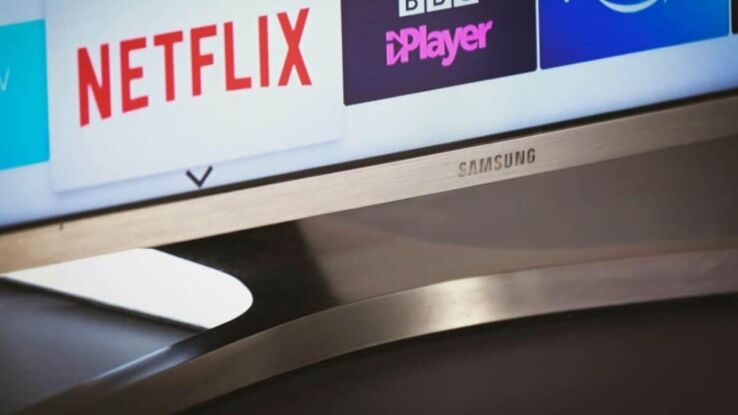Samsung’s latest flagship OLED TV still won’t add this much-requested feature
LG OLEDs look to still have the upper hand in HDR support

WePC is reader-supported. When you buy through links on our site, we may earn an affiliate commission. Prices subject to change. Learn more
The upcoming Samsung S95D will replace the S95C as the flagship QD-OLED TV, but Samsung still aren’t budging on their stance regarding Dolby Vision. Just like the predecessor, this new TV is equipped with HDR10+ instead, which is still great in its own right. However, we still feel like the lack of Dolby Vision can be regarded as an oversight.
Dolby Vision is a HDR format that is popular for TVs and a limited amount of designer-targeted monitors. It offers a better HDR experience due to a number of improvements, our HDR 10 vs Dolby Vision guide talks about it in detail if you’re interested. However, the proprietary tech requires specific hardware to support it, a cost that Samsung have seemingly deemed not worth it.
Samsung S95D
Sizes
55″, 65″, 77″
Screen technology
QD-OLED
Resolution
3820 x 2160 (4K)
Refresh rate
Up to 144Hz
HDMI standard
HDMI 2.1
Samsung S95D misses out on Dolby Vision
As we’ve already revealed, the Samsung S95D will not support Dolby Vision. This isn’t a massive shock considering last year’s model didn’t either. However, the fact that rival LG’s G4 OLED does indeed support Dolby Vision helps it offer better HDR visuals. The S95D will still support HDR10, HDR10+, and HLG, which is a solid High Dynamic Range package.
Despite the lack of this Dolby feature, the S95D still looks to be one of the best OLEDs this year. It will no doubt make it on our list of best QD-OLED TVs if the previous C model is anything to go by. It has some neat improvements such being 20% brighter from the 3rd-gen QD-OLED panel and new OLED Glare Free technology.
Is Dolby Vision important?
Dolby Vision is one of the most comprehensive HDR technologies currently available to manufacturers and is generally favored for TV shows and movies. It works from dynamic metadata (color information) and has 12-bit color depth delivered to up to 10,000 nits of brightness – ten times that of HDR10 and more than double HDR10+. And while Dolby Vision it isn’t an essential part of your viewing experience, it does make for better-optimized HDR when compared to the competitors.
Overall, we don’t think that the lack of this tech makes or breaks the TV for many people, but it’s something to think about. What Hi-Fi? is one outlet requesting it, and many Reddit users love the look of Dolby Vision. The high level of brightness that the S95D offers will definitely benefit HDR content, but perhaps not as well as LG’s new G4 OLED.